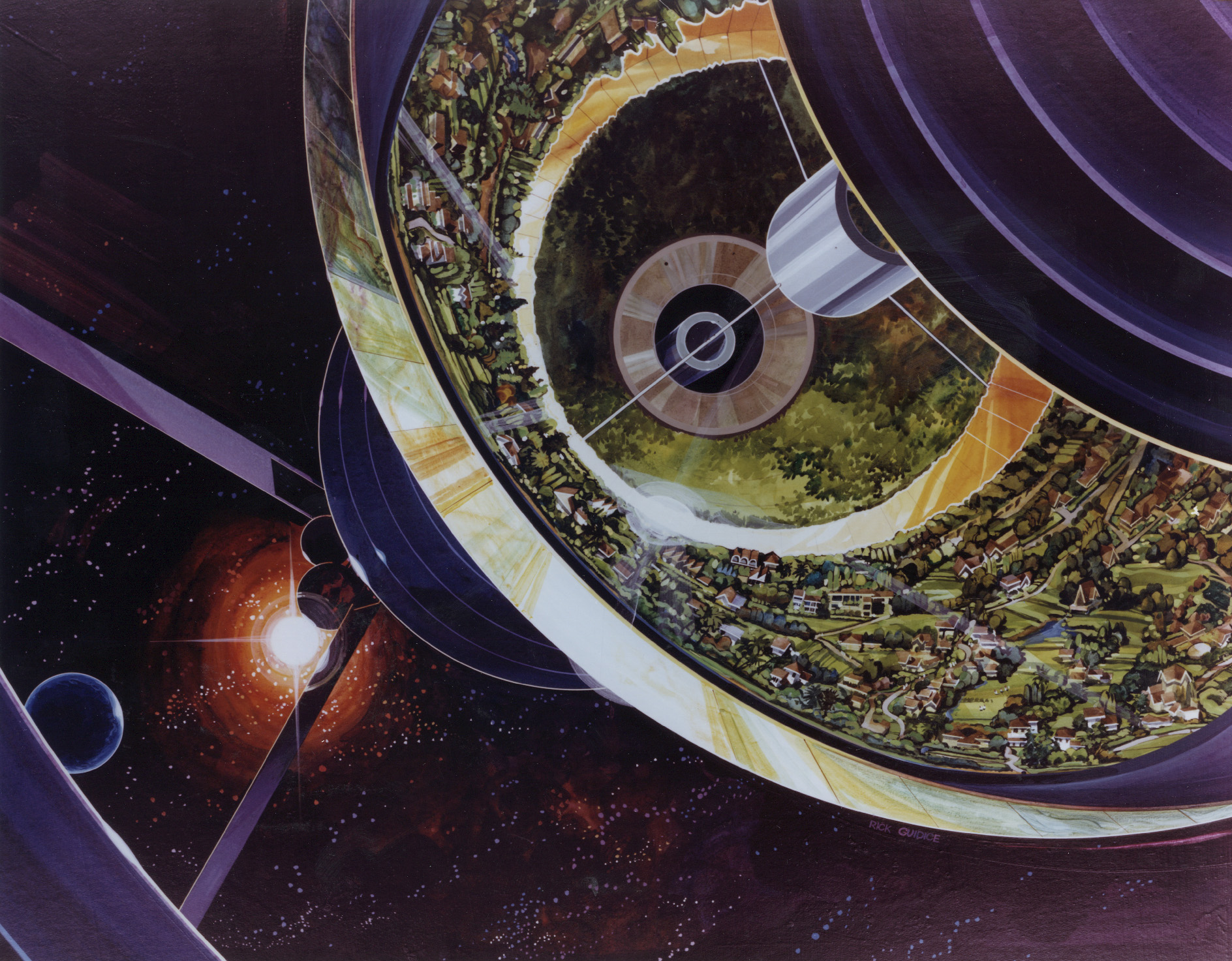
What will be the impact on the direction of U.S. space policy should SpaceX successfully demonstrate an orbital flight of Starship? Doug Plata, President and Founder of the Space Development Network believes that when Starship achieves orbit, policy makers should “…place Starship at the center of the country’s human spaceflight program…”. In an article in The Space Review he makes the case that if successful in its efforts, SpaceX may be edging us closer to a tipping point on deciding which path to take for the country’s human rated launch vehicle: Space Launch System (SLS) or Starship? This question is accentuated by recent news reports of yet another delay in the Artemis 1 uncrewed test flight of SLS which Ars Technica reports may not launch until the summer of 2022…assuming everything goes perfectly. Meanwhile, SpaceX continues its development of Starship at a breakneck pace, while simultaneously building the manufacturing infrastructure to “…crank them out by the hundreds”, says Plata. With the delay of Artemis 1, it is possible that SpaceX will demonstrate the first orbital launch of Starship before NASA’s first launch of SLS.
NASA has already selected SpaceX to return astronauts to the Moon via Starship as the Human Landing System for the Artemis program, although work has stalled on the contract due to Blue Origin’s lawsuit. But with a reusable Starship at a fraction of the cost, comparable heavy lift capability and a much higher flight rate, how long can SLS last? A case could be made for keeping SLS until SpaceX’s Super Heavy booster is human rated and Starship can be reliably shown to reenter the Earth’s atmosphere and land safely. But this won’t be long given Elon Musk’s aggressive timelines. Will it continue to make sense to launch astronauts on SLS/Orion, transfer them to Starship in lunar orbit and descend to the surface of the Moon when the the whole mission could be accomplished without SLS at a fraction of the cost?
“At some point, it will be obvious that SLS is an unnecessarily expensive alternative to Starship”
With Starship’s anticipated payload capabilities of delivery of 100s of tons and large crews to the lunar surface, and recent advances in inflatable technology, a habitat with a footprint of about 21,000 sq. ft. is within reach. Plata believes that the billions of dollars slated for SLS would be better spent contracting with SpaceX for delivery of inflatables and their supporting infrastructure to the lunar surface. This could lead to a large international lunar base which may eventually become a permanent settlement.

“But there is an important historic significance to Starship as well…the real historic prize to be seized is the establishment of humanity’s first foothold off Earth.”


















